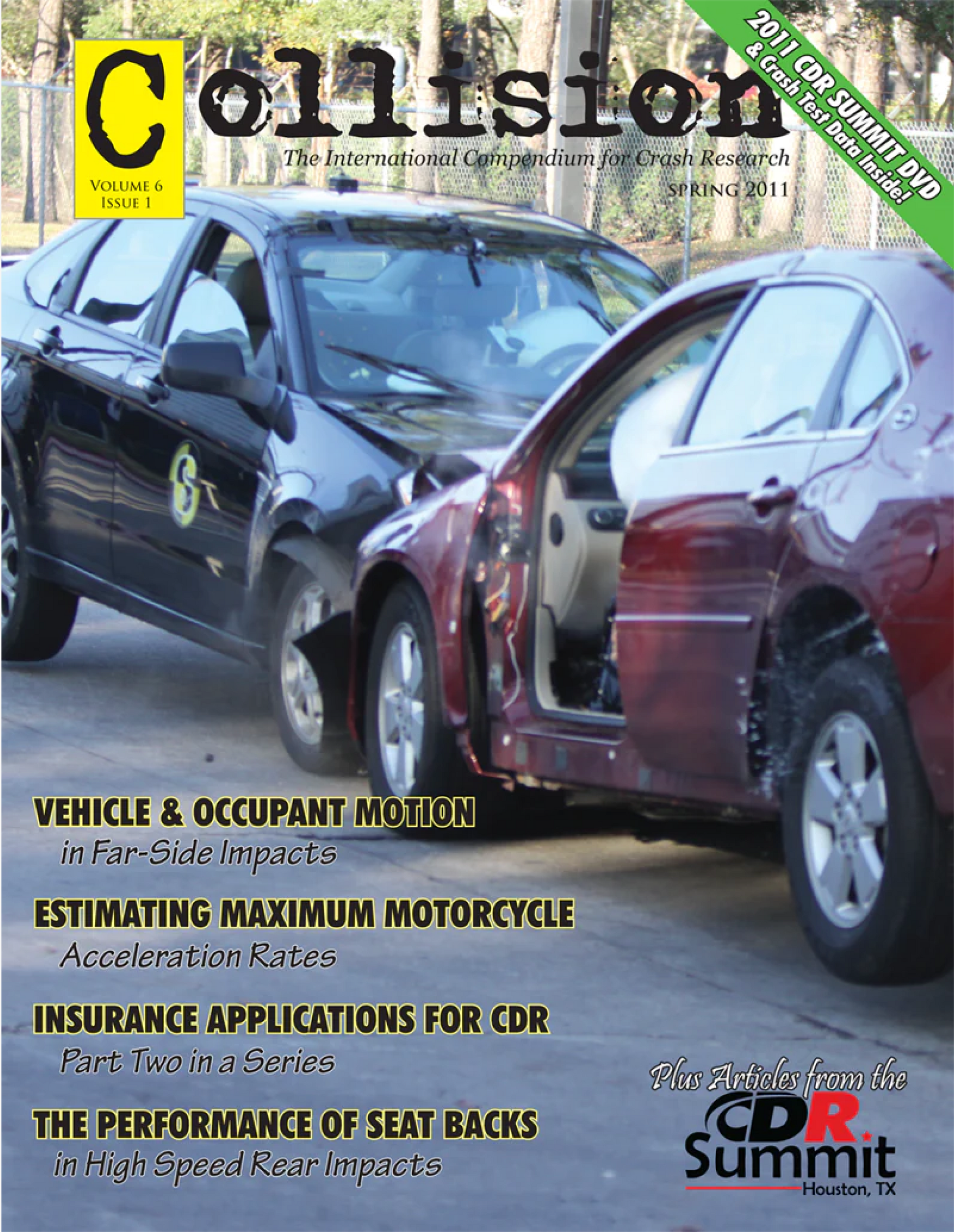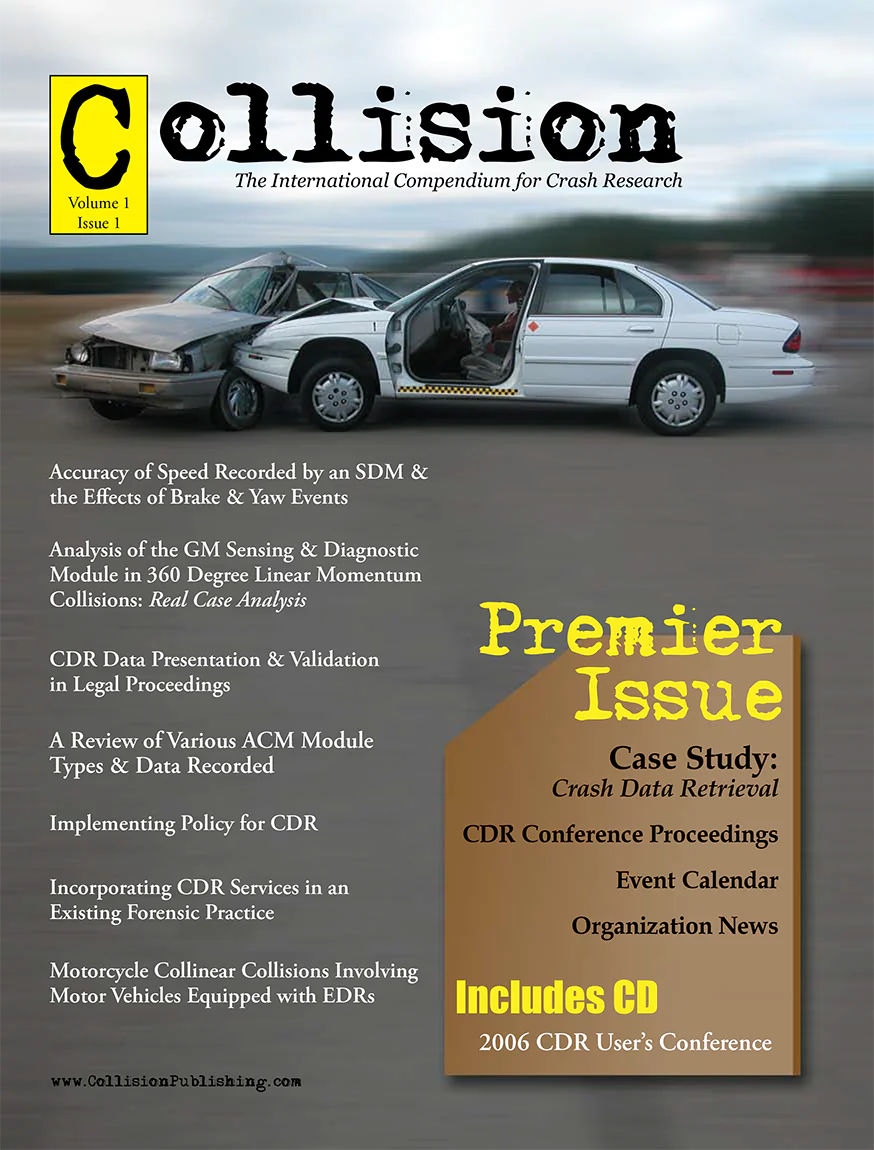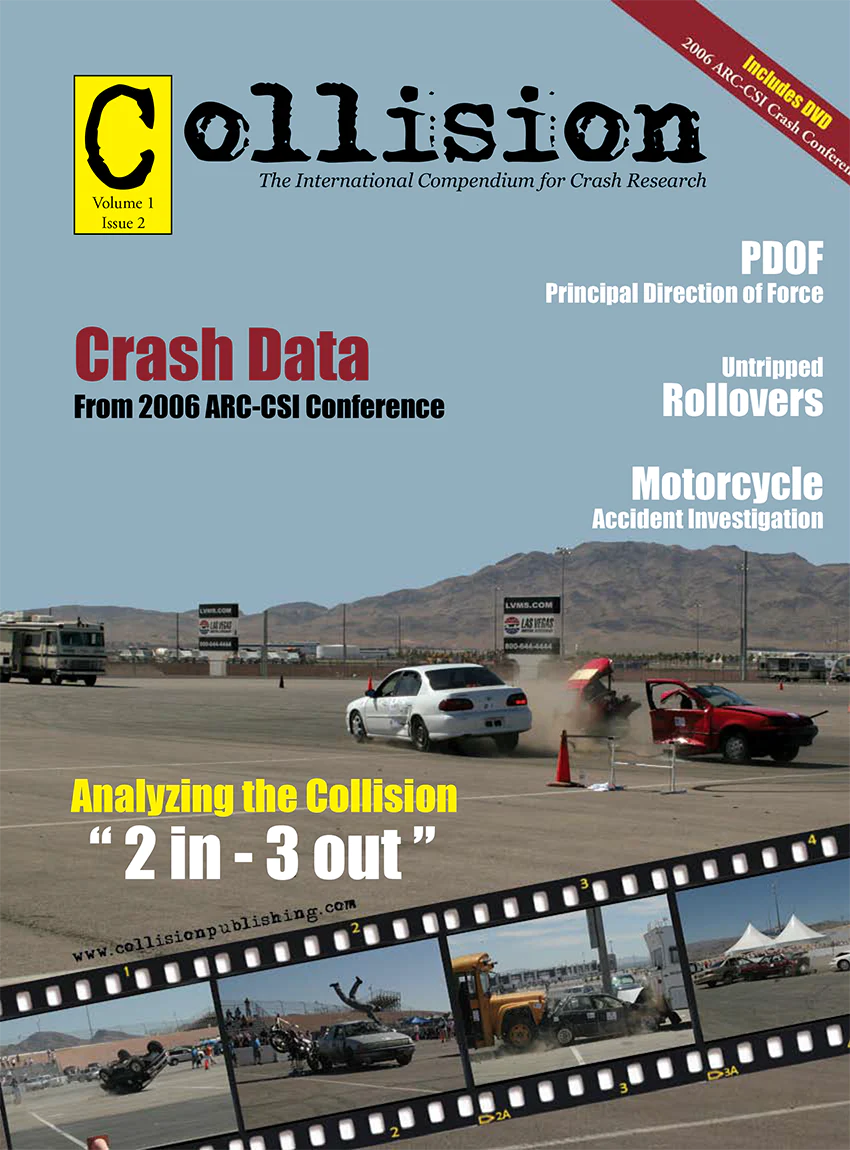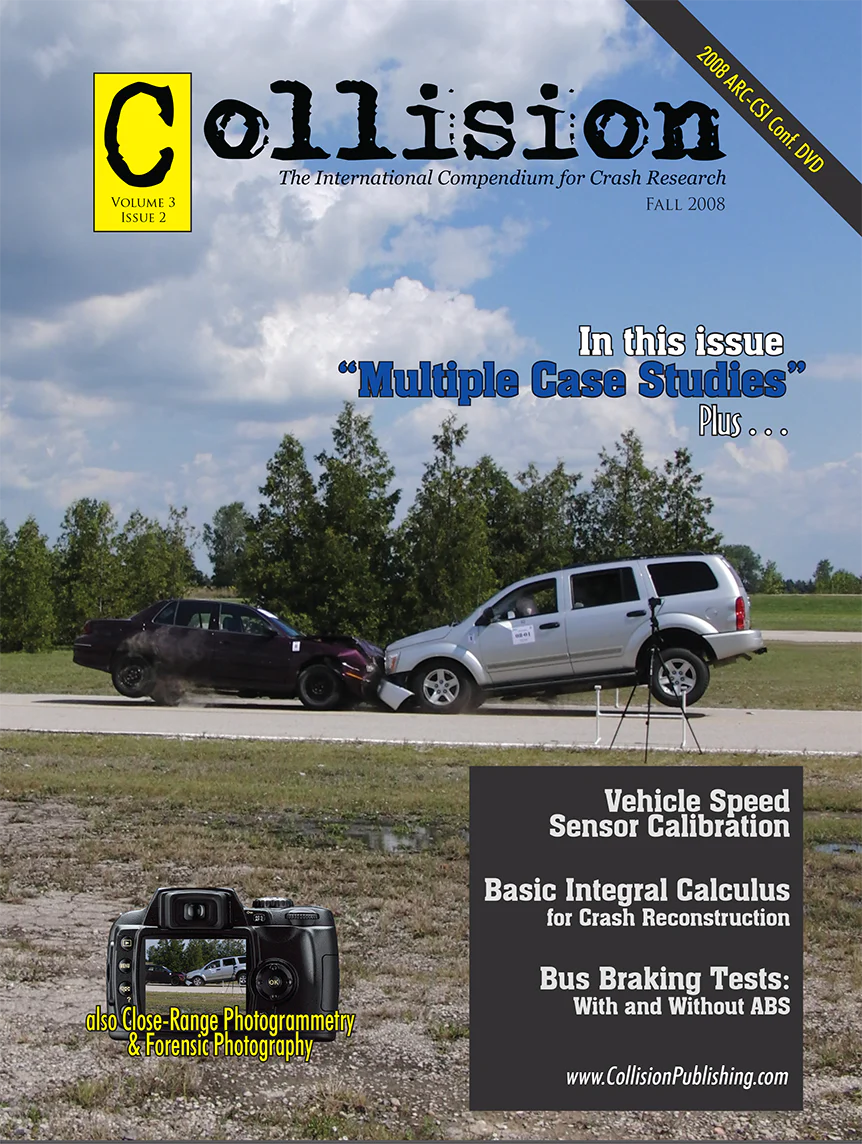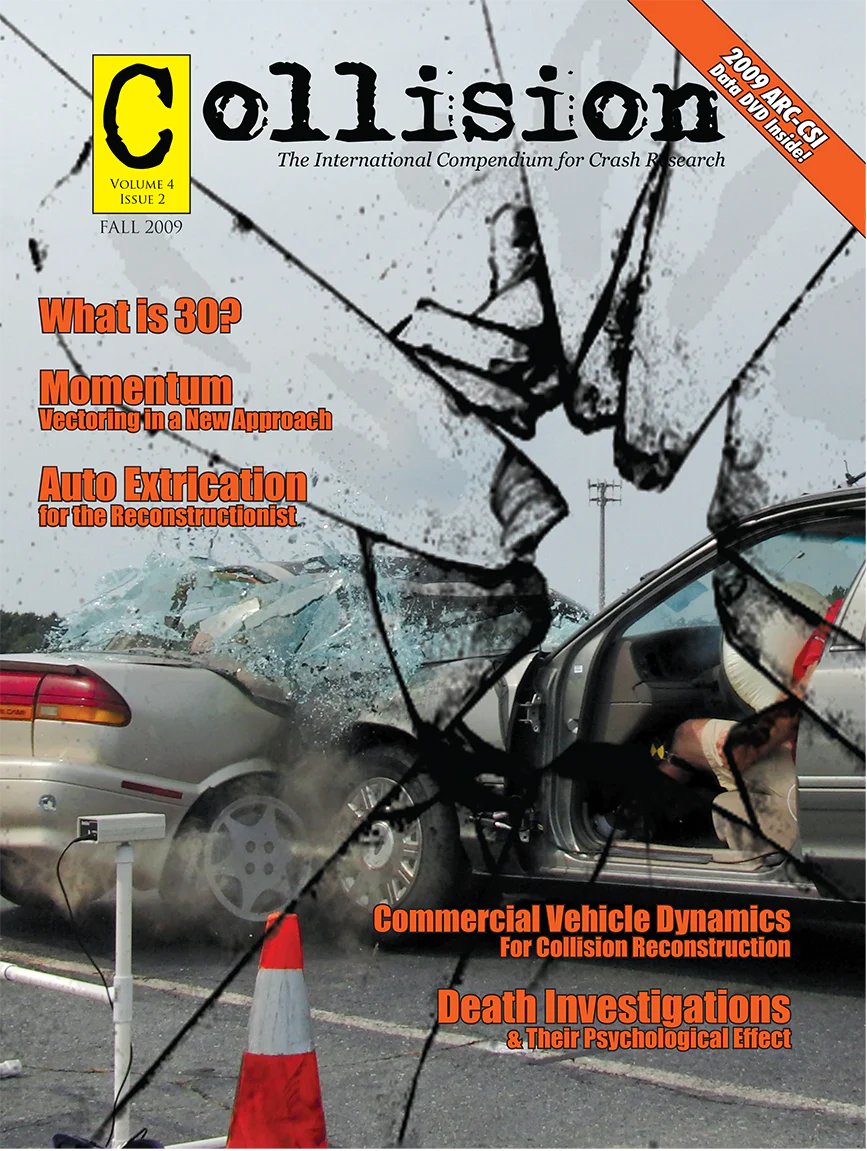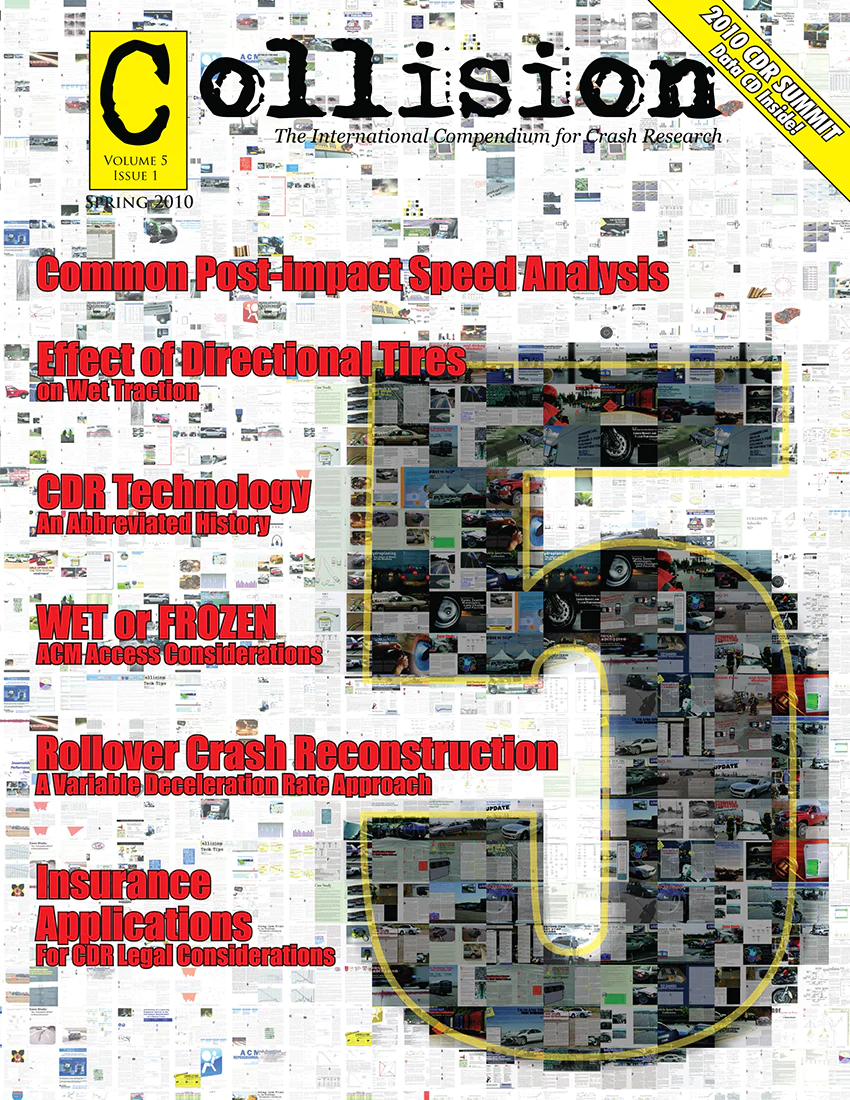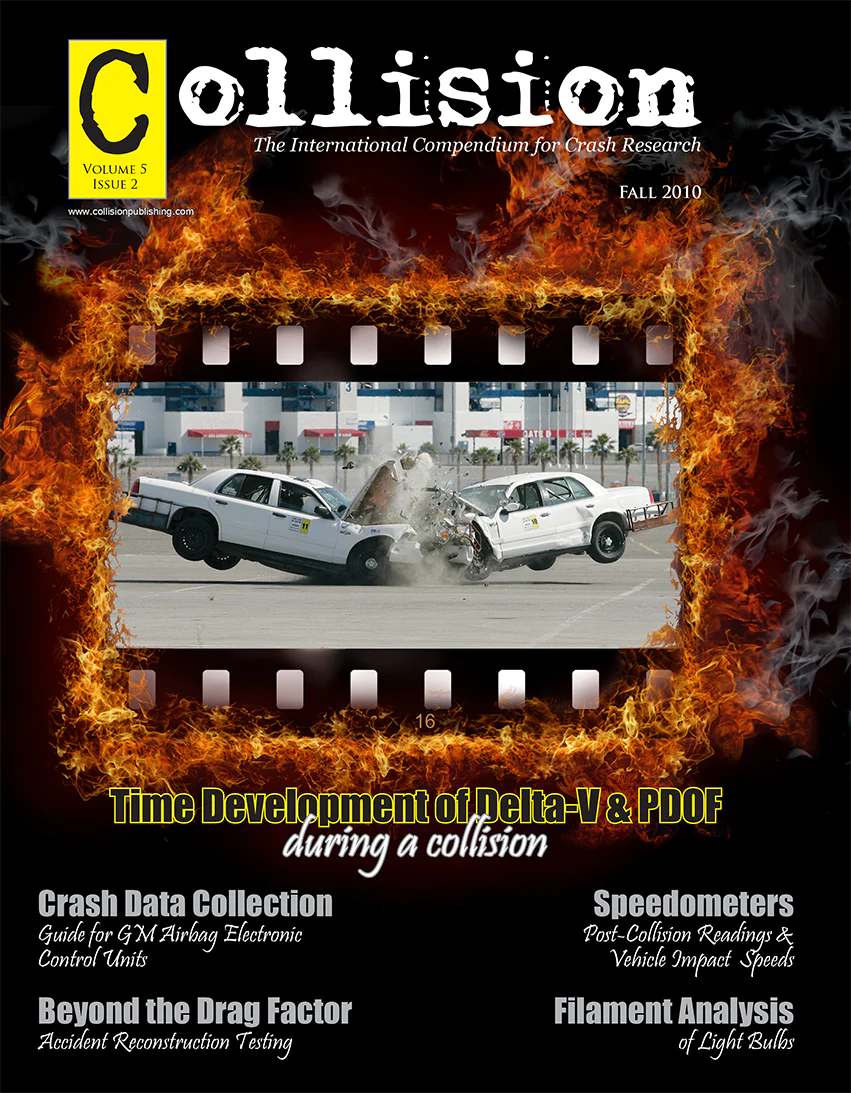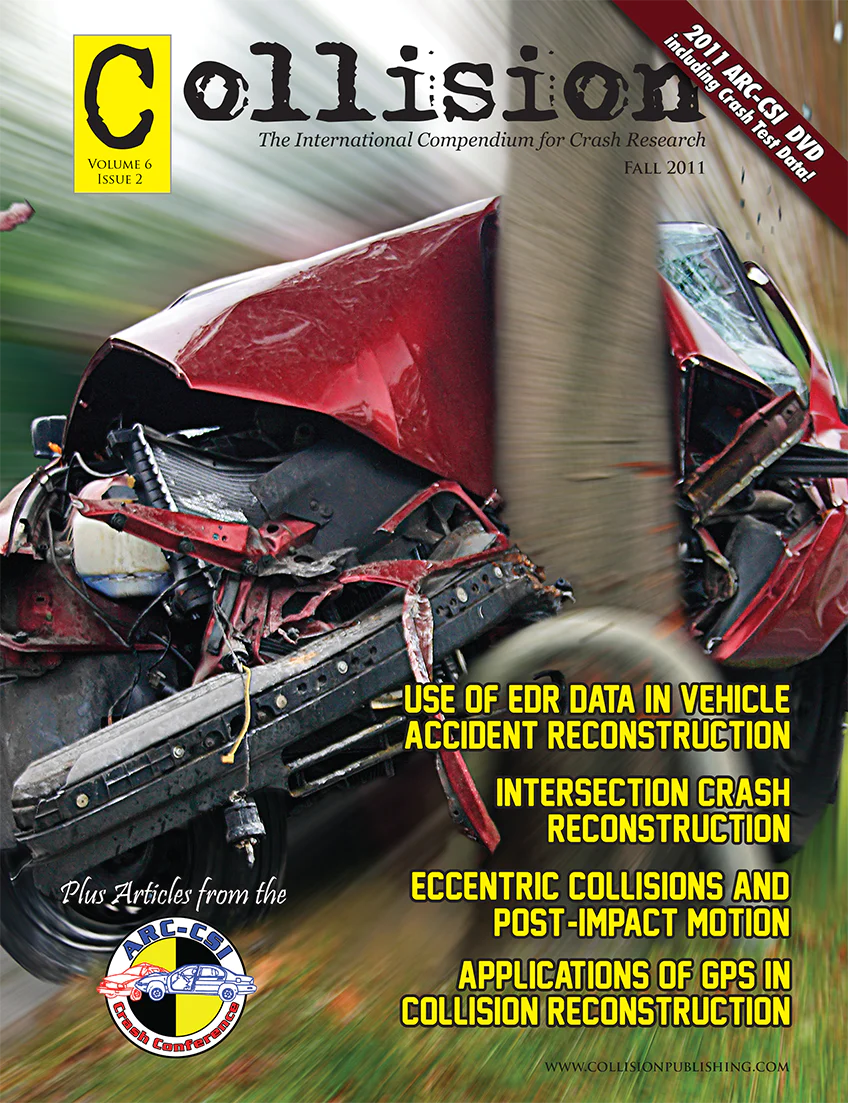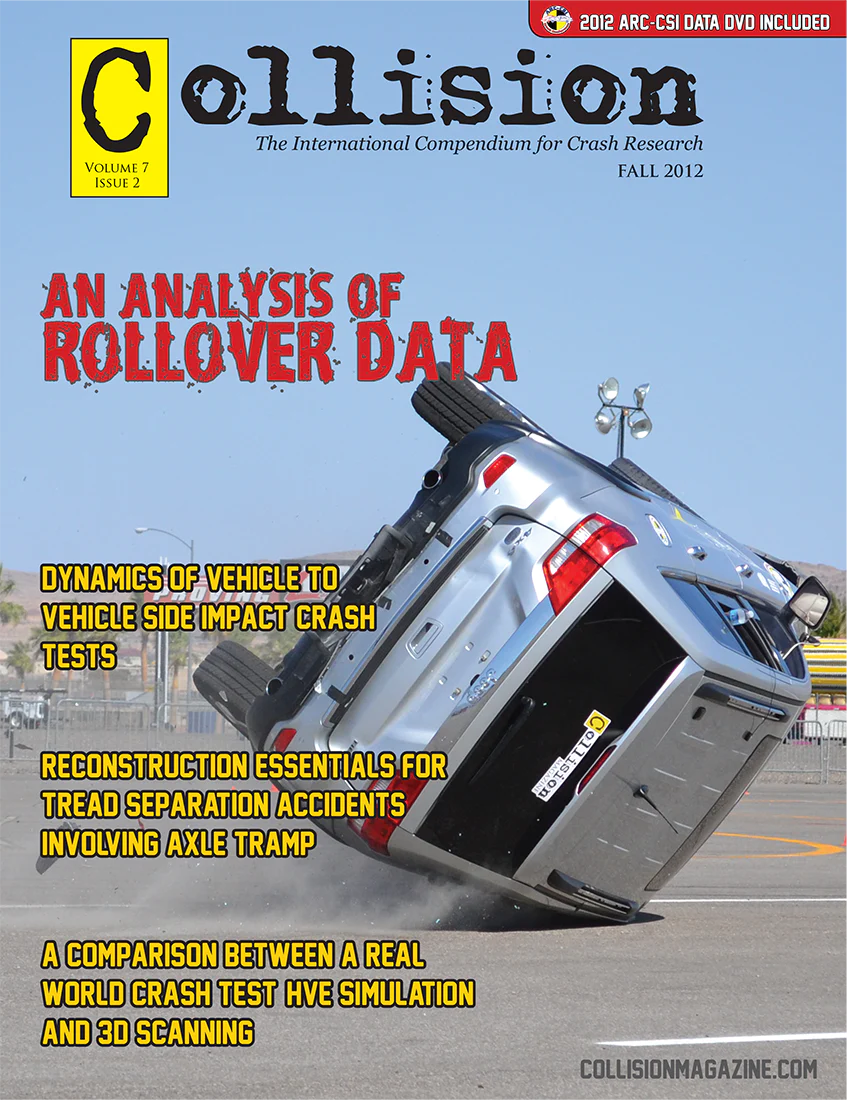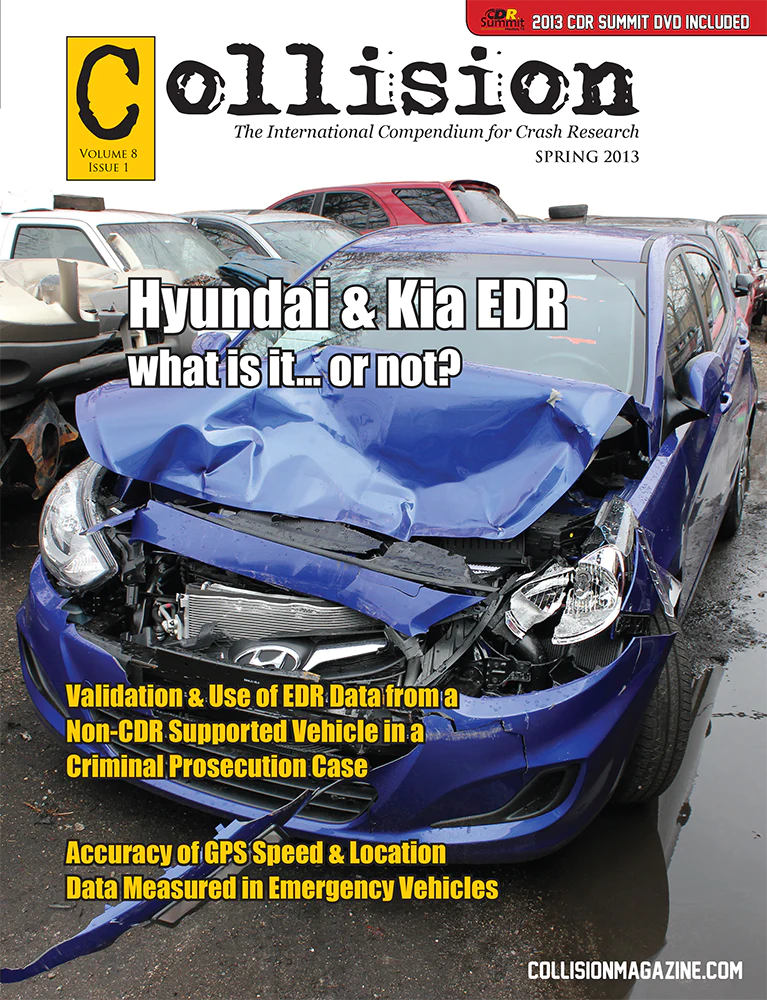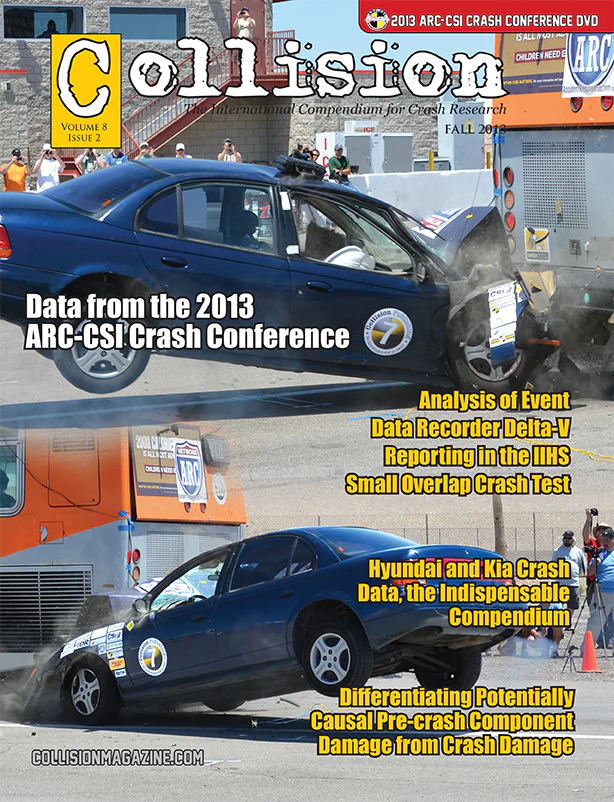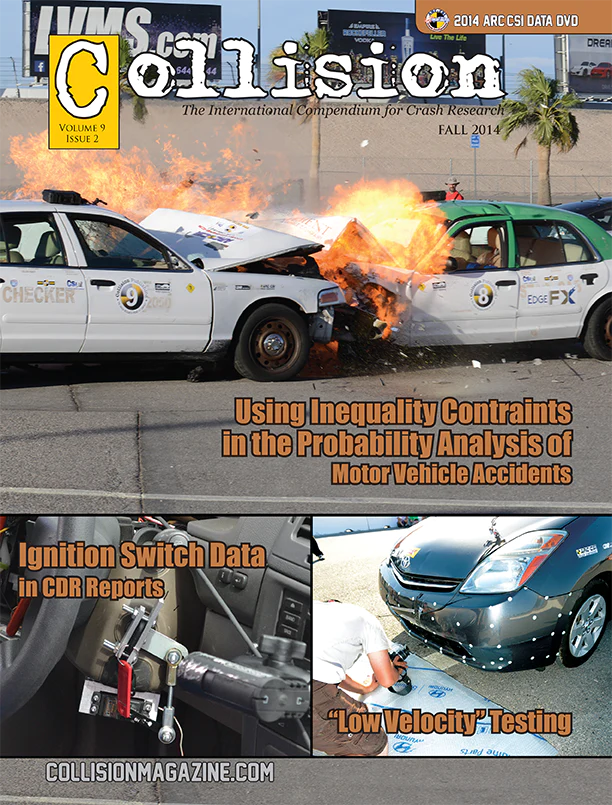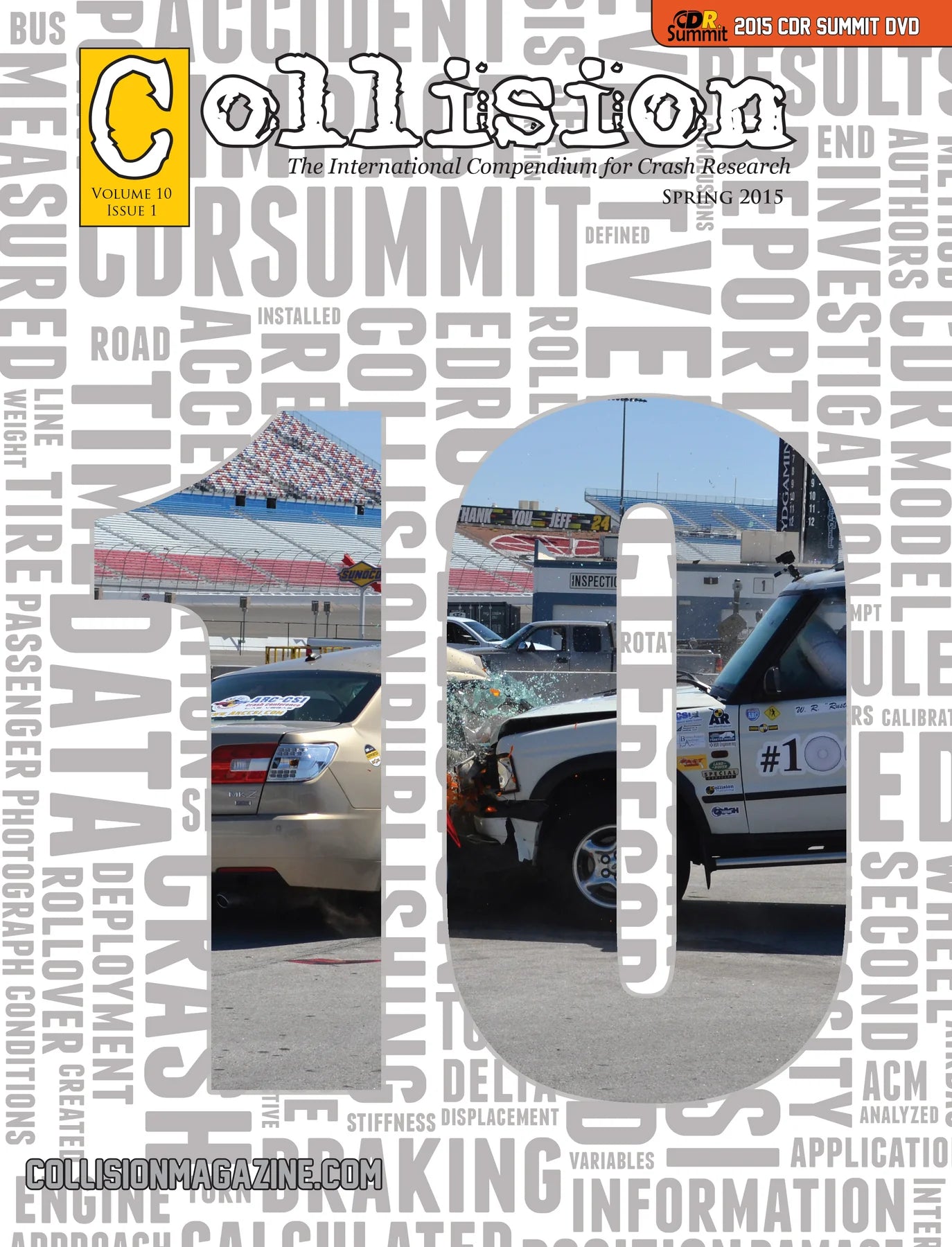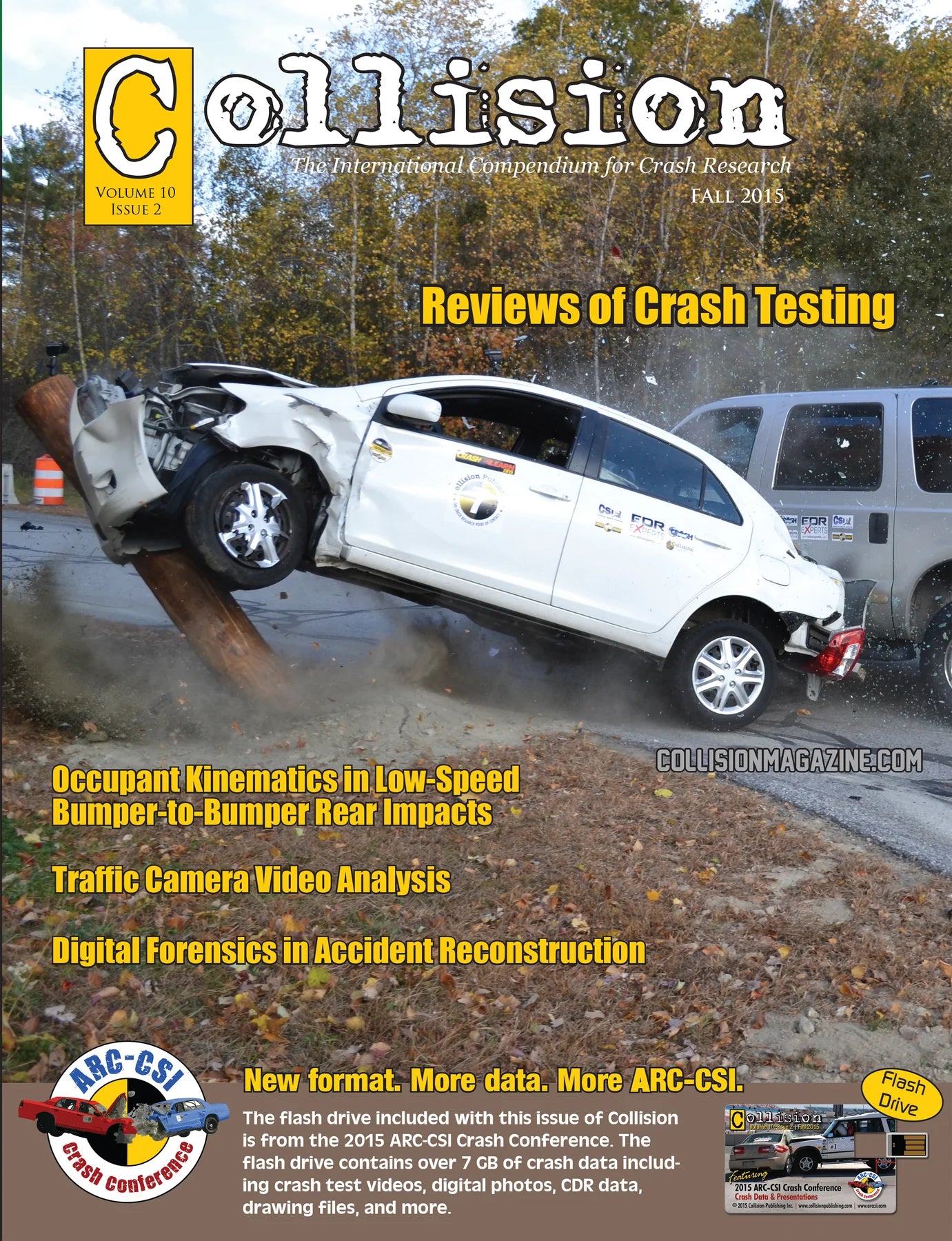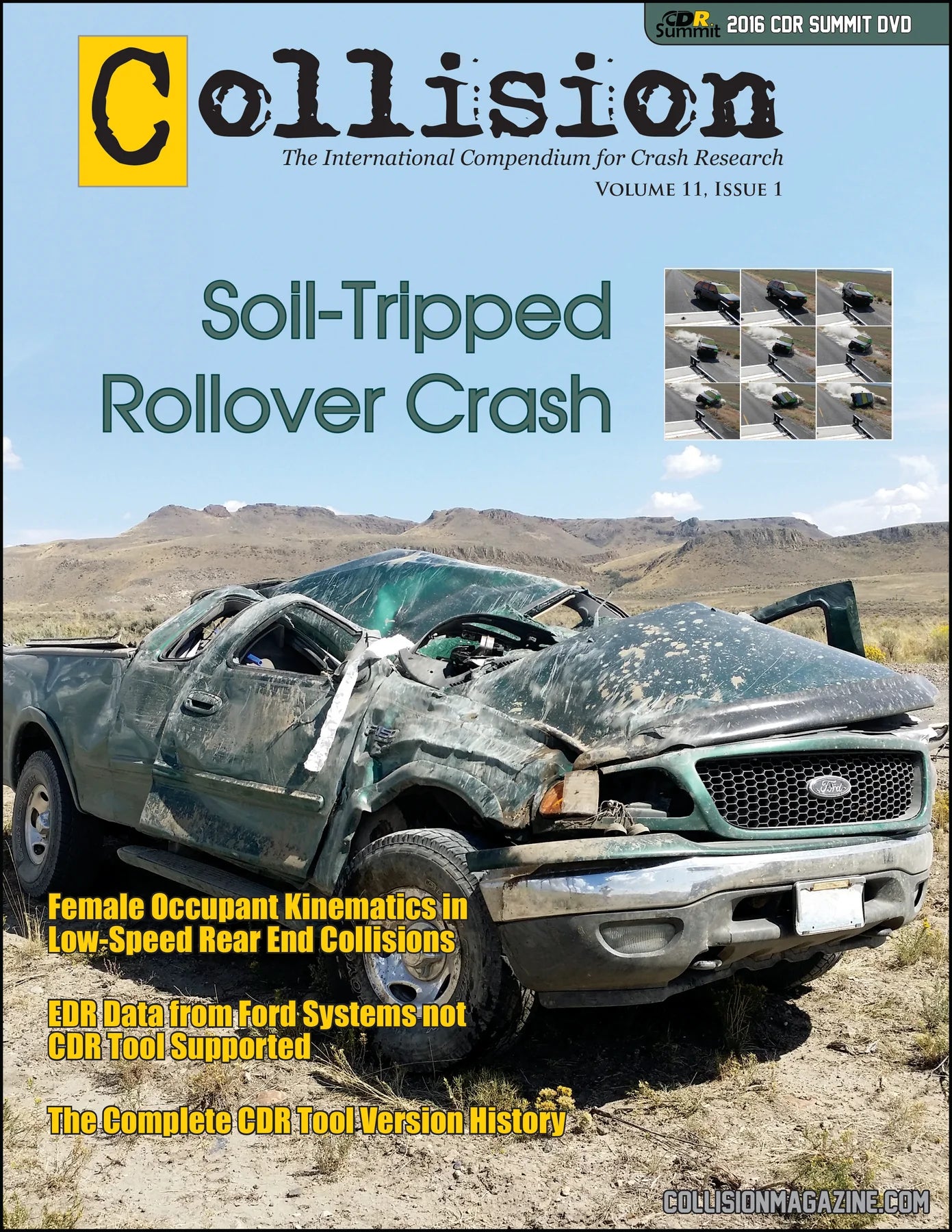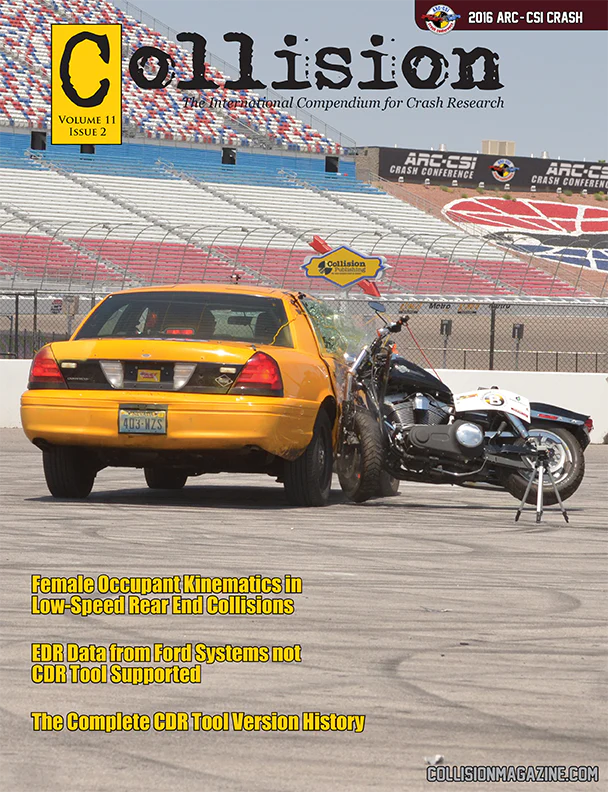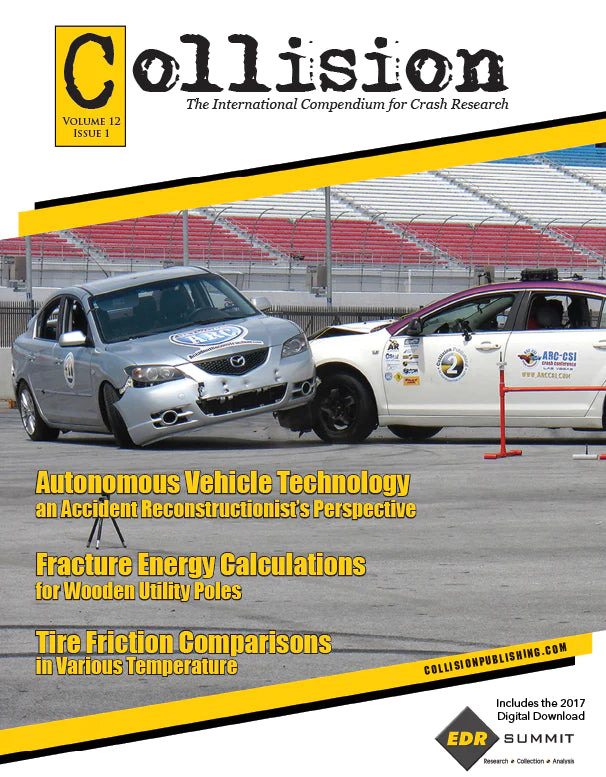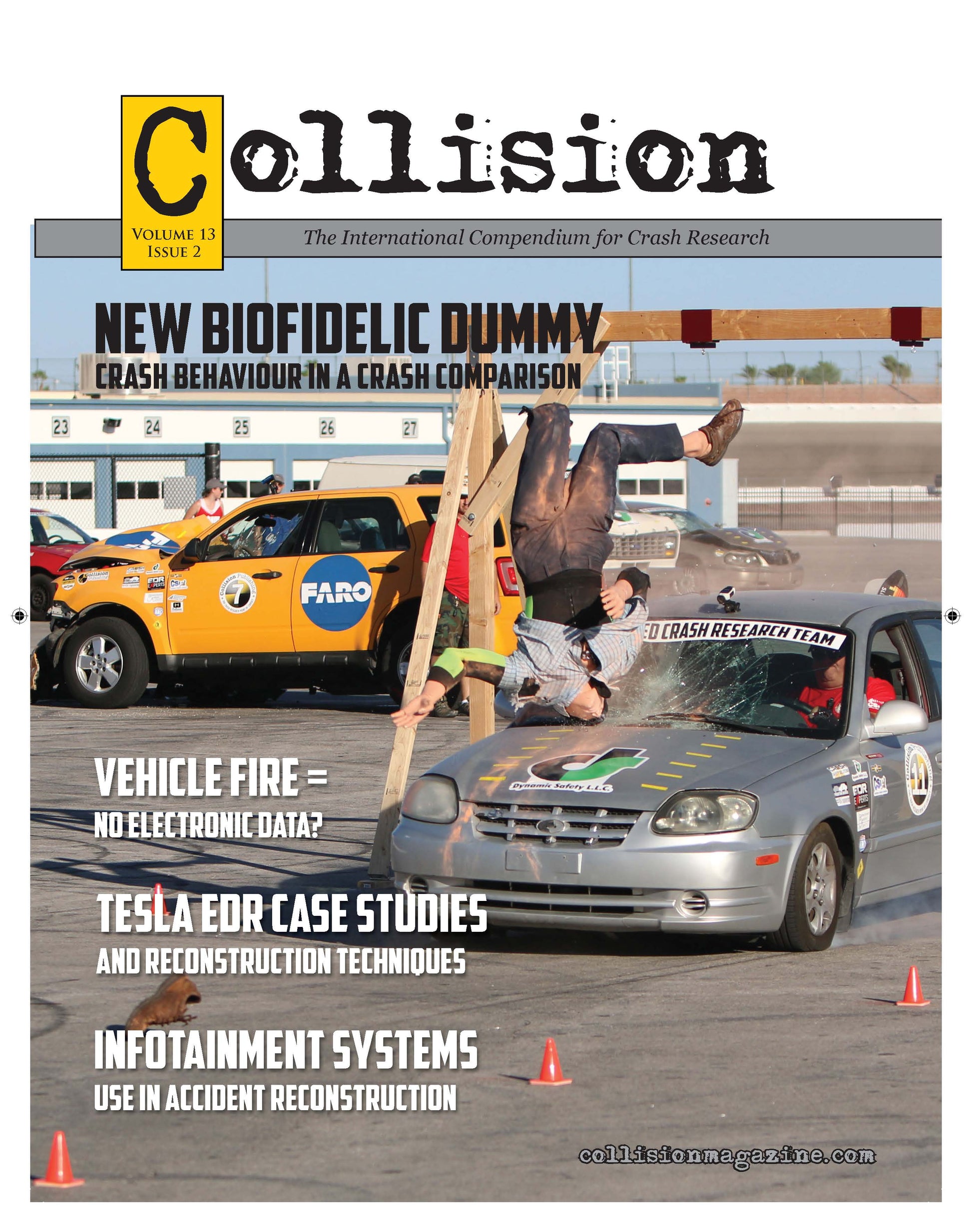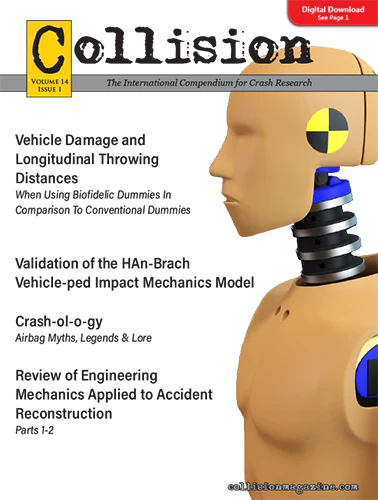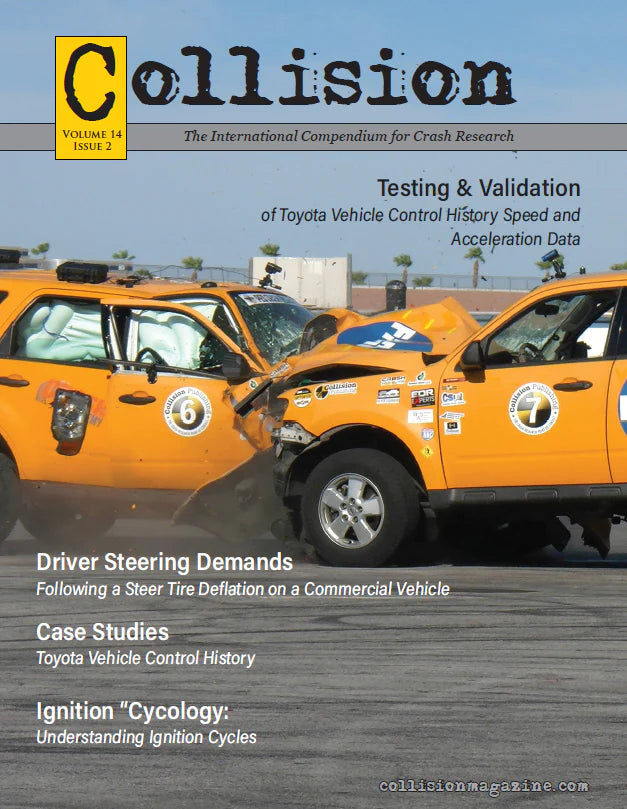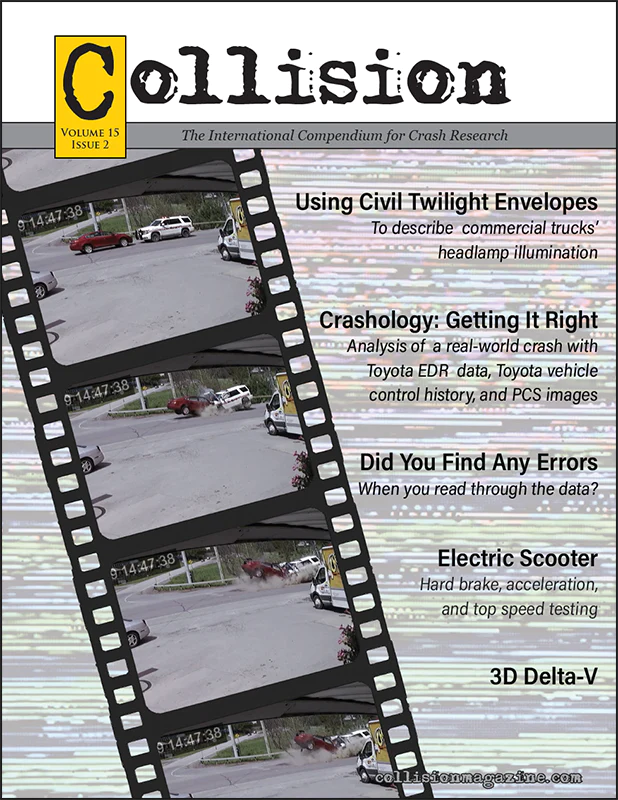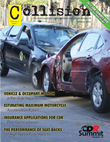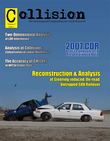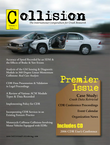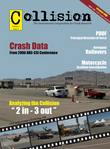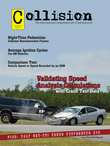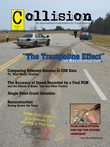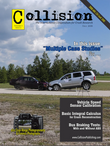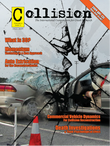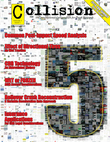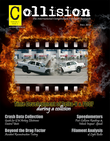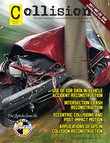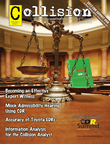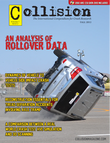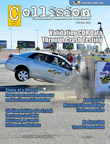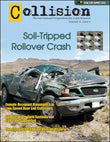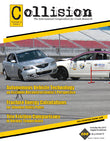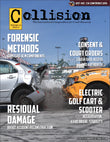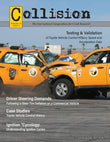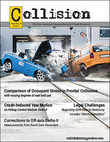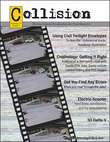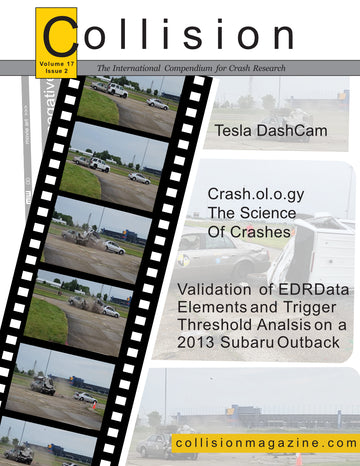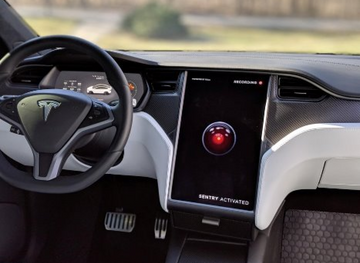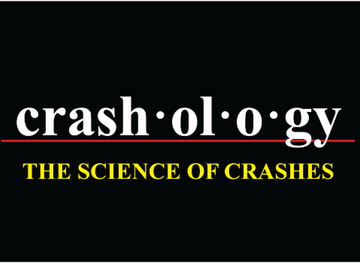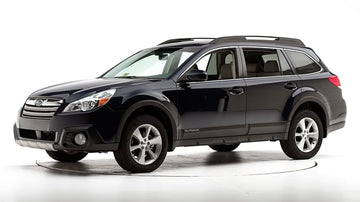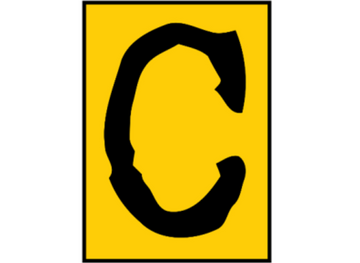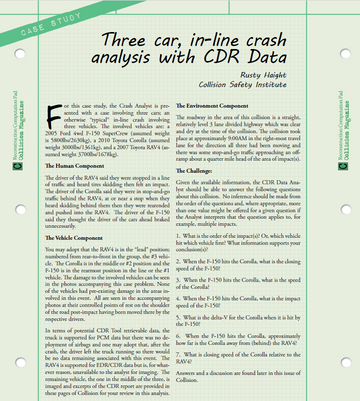Subscribe to Collision Magazine
FAQs
Subscriptions to Collision Magazine may be purchased on an annual basis at CollisionMagazine.com. Subscriptions are set to auto-renewal annually to receive both issues of Collision during a given year. After the first year, and before the auto-renewal, subscribers may cancel their recurring subscription. Subscriptions set annually by a single year Purchase Order have to be renewed manually once a year.
A digital copy subscription is intended for one user only and may only be available to one person/computer on-line through their personal account at www.Issuu.com. Hard copy issues of Collision Magazine are mailed directly to the subscriber. Subscriptions are also available in both the digital and hard copy format for each issue of Collision Magazine.
Yes, back issues are available in digital format here. Individual articles from back issues may also be selected and added to your digital subscription account at issuu.com.
The magazine is delivered to annual subscribers in digital format, hard copy printed format, or both. The digital copy of Collision Magazine can only be viewed or read on-line with a person account here.
Yes, however, subscriptions for hard copy issues of Collision are only accepted to North American mailing addresses. Because of difficulties tracing shipments outside of North America, hard copy subscriptions will no longer be sent outside North America effective with Volume 18. Past international subscription (outside North America) will be converted to digital subscriptions and replacement hard copy issues can no longer be mailed outside North America.
Some issues of Collision Magazine were delivered, in hard copy, with a disk or thumb drive containing digital content from activities such as the ARC-CSI Crash Conference crash tests or the EDR Summit presentations (or even crash test data from the Summit). Given the volume of data to be distributed, the digital magazine portal isn’t capable of handling the volume of bonus data originally delivered on a physical media so, as a back issue which had digital data is purchased, the end user will receive e separate email where that digital content can be downloaded.
Collision Magazine is always happy to publish new, insightful and worthwhile articles related to the crash reconstruction community. At our article submission portal, you can submit a proposal for review and potential inclusion in an upcoming issue of Collision Magazine.
Of course. Collision Magazine is open to a “My Turn at the Wheel” where readers can submit more casual articles (something not necessarily technically “heavy”) and we are open to opinion and rebuttal articles in which someone may want to offer an alternative point-of-view on a previously published article. This option is, in many ways, actually the ultimate form of “peer review.”
In Volume 6,issue 2 of Collision Magazine, you may find “Peer reviewed papers, the SAE and Collision Magazine- mutually exclusive concepts?” by W. R. Rusty Haight and in Volume 7, Issue 1, you may find “Peer Review” by Raymond M. Brach, et al. While now a little dated in some ways, both are a good overview of what “peer review” is and isn’t.
At Collision Magazine, we believe in the idea that anything bordering on censorship does little to promote the exchange of new ideas and information. Referencing the content and ideas in the articles above, “peer review” means, simply “evaluation of a person's work by a group of people in the same occupation, profession, or industry.” We believe it is best done by those actually involved in the field, in the technology, in a specific discipline. The larger body of potential “peers" where an opportunity for rebuttal is readily available is the ultimate “peer review” and such is the case with Collision Magazine: anyone can submit a review. While we have select individuals who review content for obvious errors or typos to the extent possible (and mistakes do get through), the larger readership of Collision are in the best position to review an article rather than a hand-picked set of individuals who may be motivated by ideologically or other factors.
For more than 16 years, Collision Magazine has been the home of timely and original research for crash reconstructionists. Never the home of “just another article from the internet,” Collision Magazine has always been on the cutting edge of new and fresh papers and articles with a demonstrably real value for the readership no matter their background or level of training.
Get Published in Collision Magazine
Collision Magazine features original, cutting edge articles and papers. If you have an unpublished article or would like to submit a challenge or rebuttal to a previously published article, click on the link below to start your submission.

